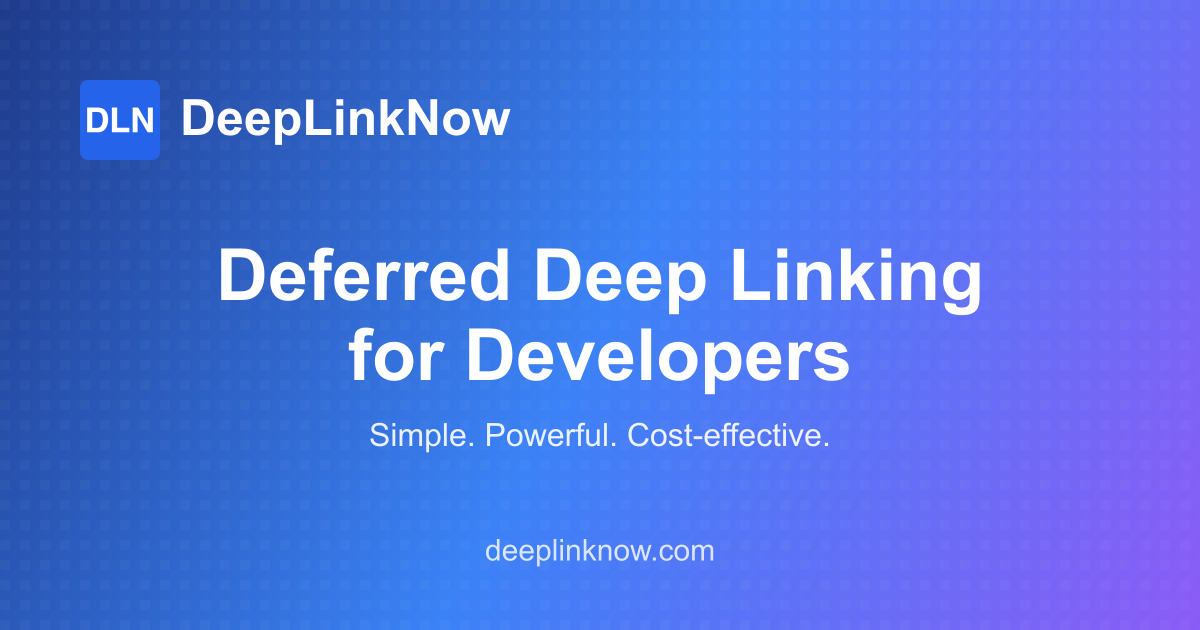James GallichioSenior Full-Stack Engineer
Building complex things quickly. Technical leader with 15+ years of experience in scalable systems, automation tools, and leading development teams.
Featured Project
DeepLinkNow
A privacy-first deferred deep linking platform competing with giants like Branch.io and Appsflyer. Built on NextJS, leveraging Vercel's environment features.
- Built open source SDKs for React Native, iOS (Swift) and Android (Kotlin)
- App-specific landing pages and custom generation of .well-known files
- Deferred user matching across platforms

Recent Projects
Principal App Developer
Led architecture and development of a greenfield cross-platform social sharing app for a global FMCG company.
Founder
Founded a React Native app building community and boilerplate service to help React developers transition to React Native.
Principal App Engineer + Fractional CTO
Led architecture and development of a clinically-validated mental health app for young people.
Tech Stack
Frontend
Backend
Cloud & Infrastructure
Databases
Development Practices
Mobile
Full Experience Timeline
Let's Work Together
Looking for a technical leader who can build complex systems quickly? Let's chat about how I can help your team.
Get in Touch